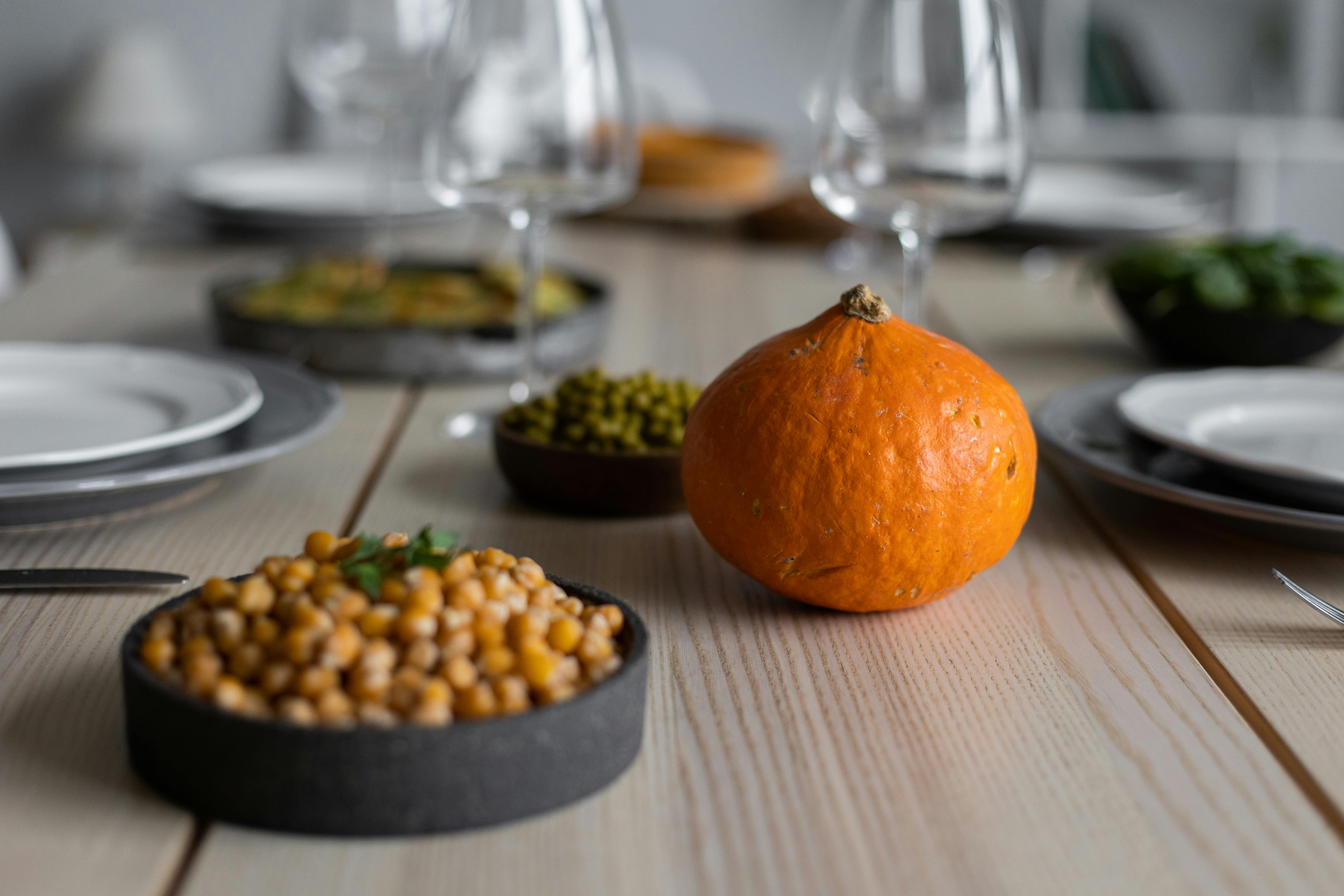
6 plants to grow in your koi or fish pond
Most pond keepers including me would like to keep a few plants in their Koi ponds to have a pond that looks natural and can blend in with the general garden. However, Koi and aquatic plants generally do not go well together, as Koi eat plants or will likely alter the soil the plants grow in. Here are 6 plants that I have successfully kept with my Koi. Keep in mind that some of these plants originate from Southeast Asia and require a warm climate to thrive.
Elephant ears or taro (Alocasia macrorrhiza)
Elephant ears or Taro is a plant commonly found in Southeast Asia. This is a relatively large plant with large leaves that does well in a large pot placed in the shallow parts of a Koi pond, with the pot half or almost completely submerged. It spreads through small suckers that grow on the sides of the large plant. A mature plant can grow to a height of 5 feet or more and have leaves that are more than a few feet long. It will make a good specimen or feature plant in the garden or in your Koi pond.
The elephant ears can be encircled with the Creeping Daisy (Wedelia Trilobata) to hide the large pot and soften the overall look. The creeping daisy has small yellow flowers and is easily grown from stem cuttings. Just cut them up and stick them into the damp soil in the pot. They root easily and then more cuttings can be made and inserted into the pot again. In no time, you have a pretty Creeping Daisy cover with yellow flowers around the large elephant ear leaves. You can substitute the creeping daisy with other suitable creeping plants that will thrive in moist soils.
Pandan (pandanus amaryllifolius)
The fragrant pandan plant is commonly found in Southeast Asia and is a good plant to grow in your Koi pond. It can be grown on land or in water (hydroponics), making it suitable for a Koi pond. The pandan plant grows easily, absorbing nitrates from water. The leaves can be collected every few months. The leaves give off a pleasant fragrance and are widely used as flavorings in cooking and baking in Southeast Asia. Believe it or not, its leaves could also be used as cockroach repellent! No artificial chemicals, all natural.
Dwarf papyrus (Cyperus Haspen)
The dwarf papyrus plant is not one of my favorites, although I have it growing in a pot that is half submerged in my Koi pond. The reasons are that the mature stems or leaves will drop into the water as the young plants grow from the cluster of small flowers at the top of the stem. Therefore, it requires regular trimming to remove old stems or leaves to keep the plant looking neat and neat. I think it will look good if grown densely on the sides of a pond, rather than in an insulated pot in my pond.
Umbrella plant (Cyperus Alternifolius)
The umbrella plant is a reed-shaped aquatic plant with foliage arranged on stems like the ribs of an umbrella. It comes from Madagascar and is very easy to grow in hot, sunny climates. Unlike the small dwarf papyrus, this plant can grow up to 5 feet tall. Since this is a large plant, grow them in a large pot that can be submerged or half submerged in the pond.
Water lilies (Nymphaea)
No garden pond is complete without water lilies, but they are not the best plants for a pond with a large Koi. The leaves float to the surface of the water and the large Koi will chew on them unless they are protected a bit. Therefore, lilies are only suitable for ponds with small Koi. Lilies are best grown in pots placed in the shallow end of a Koi pond. Protect the tops of the pots with large stones to prevent the Koi from digging into the ground and dirtying the water. My water lilies bloom daily under strong sunlight and a regular dose of fertilizer tablets that I stick to the ground. The other problem with water lilies is that older flowers and leaves will wilt after a few days. If they are not removed, they will pollute the pond water. Although the Koi will eat them, some debris will inevitably find its way into the pond filter.
Lotus (Nelumbo)
The lotus plant can be grown in pots placed in the shallow part of a Koi pond. Protect the tops of the pots with large stones to prevent the large Koi from burrowing into the ground and dirtying the water. The plant has two types of leaves. The leaves of a young lotus plant float on the surface of the water, but the leaves of older plants grow well above the surface of the water. The plant produces pink flowers in a long stock on the water. Like water lilies, the lotus requires regular feeding with fertilizers to keep it blooming.